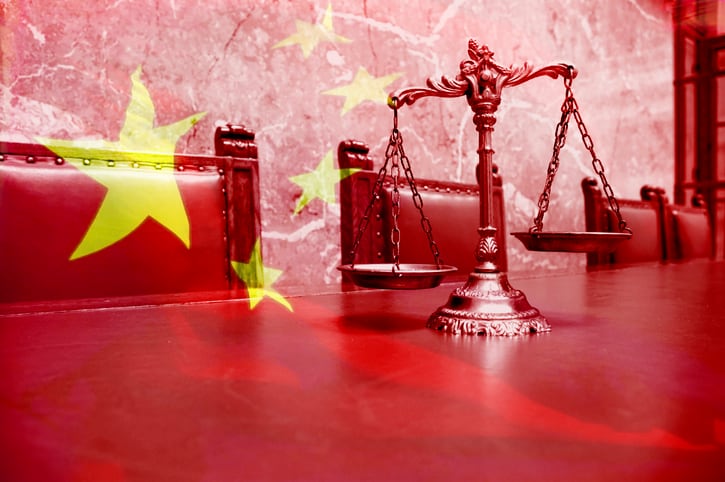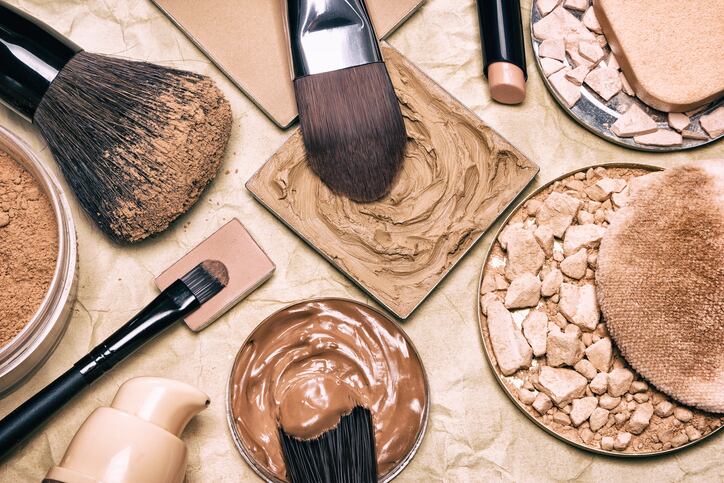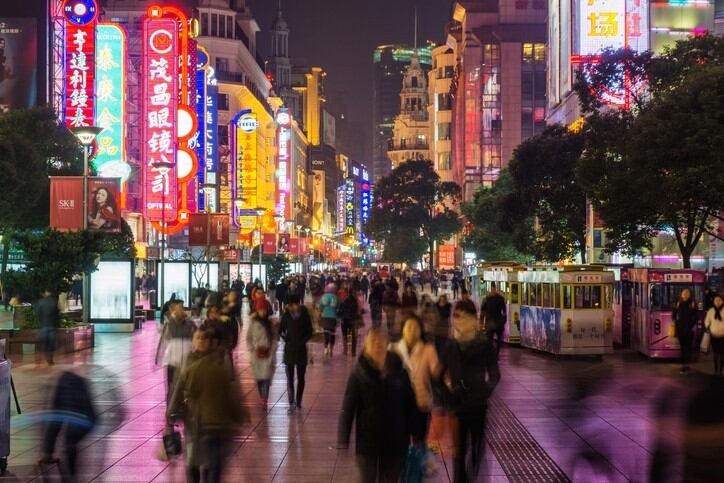China’s cosmetics market represents one of the biggest and fastest-growing markets in the world, with retail sales rising 4.2 % year on year and growing to over 260 billion RMB in the last year, according to the Chinese National Bureau of Statistics. Growth in Chinese cosmetics retail for the first half of 2019 was even higher, at 13.2% year on year. It is therefore no surprise that many foreign cosmetic companies want to expand into China and get their share of this fast-growing market.
Approval for cosmetic formulas in China – ‘correctness and compliance’ most important
Although the Chinese cosmetics market looks like a promising market with great opportunities, it also comes with its challenges. Chinese regulation is constantly changing, which makes it difficult to keep up. Registration process in China can therefore be overwhelming if you are not well acquainted with the cosmetics regulation. It is important to know the regulation well enough in order to ensure compliance and avoid any unnecessary problems with the authorities.
Like in other countries, China only allows sales of cosmetics products that have been shown to be safe for use. Before registering your product to the competent authority in China, it is important to make sure that the product formula is compliant with Chinese regulation. This involves checking lists of approved ingredients and making sure that there are no prohibited substances in your product. In addition, you must ensure you are using the correct ingredient name. Checking the correctness and compliance of the formula is one of the most important parts of the approval process and can be one of the most challenging. Chinese cosmetics regulation has strict requirements regarding the formula, and any deviations can result in rejection of the product by the competent authorities.
Classification of cosmetic ingredients in China
The first step to formula compliance is checking if the ingredients present in the formulation are allowed for use in cosmetics according to Chinese regulation.
Cosmetics ingredients in China are divided into two categories – existing cosmetic ingredients and new cosmetic ingredients. Existing cosmetic ingredients can be found on the list called Inventory of Existing Cosmetic Ingredients in China (IECIC). New ingredients, not found in that list, must be registered at the competent authority before they are allowed for use in cosmetics sold in China. The approved new ingredients can be found on the List of Approved New Cosmetic Ingredients.
Inventory of Existing Cosmetic Ingredients in China (IECIC)
Ingredients allowed for use in cosmetics products in China can be found in the IECIC 2015.
These ingredients have already been approved by the competent authorities in China. IECIC has been issued in 2003 and has been updated many times since. The latest update happened in 2015. IECIC 2015 is still in use, and it contains 8,783 ingredients.
Similar to the EU cosmetic regulation, China also published a list of 47 substances, which are restricted for use in cosmetics. In addition, IECIC also includes the following four lists of ingredients permitted for use in cosmetics:
- List of preservatives (51 permitted substances)
- List of UV filters (27 permitted substances)
- List of colourants (157 permitted substances)
- List of hair dyes (75 permitted substances)
In case your product contains any of the restricted ingredients, it is necessary to meet the restriction requirements (maximum allowed concentration, application site, warnings etc.) laid down in Safety and Technical Standards for Cosmetics 2015.
Prohibited ingredients for use in cosmetics
Chinese cosmetics regulation prohibits the use of 1388 substances for cosmetics. This list, together with the list of restricted substances, can be found in Safety and Technical Standards for Cosmetics 2015.
Cosmetics can contain traces of prohibited substances as by-products or impurities of the production process if these are shown to be technically unavoidable. Products must meet the requirements outlined in the Safety and Technical Standards for Cosmetics 2015, which includes the maximum limit of such substances.
The Chinese version of INCI names
Chinese cosmetics regulation requires ingredients, in the formula and on the label, to be listed according to their Chinese INCI names. These can be found in the Catalogue of Standard Chinese Name of International Cosmetic Ingredients (INCI Chinese version). INCI Chinese version 2010 is the latest version of the catalogue, and it contains 15,649 ingredients.
Note that the ingredients listed in this catalogue differ from the IECIC list of ingredients. Not all ingredients listed in this catalogue can be found on the IECIC list, which means that such ingredients would have to be registered before they are used in cosmetics.
In case there is no INCI name that would correspond to the ingredient you have in your product, you can adopt the corresponding name in Chinese Pharmacopoeia, its chemical or its botanical name.
Registration process for new ingredients, changes on the way
If your product contains a substance that cannot be found on IECIC list it means that you have a new ingredient. Currently, new cosmetic ingredients are subject to pre-market registration. Procedure for registering a new ingredient is similar to special use cosmetics registration, although it is usually more costly and time-consuming. The new ingredient must undergo toxicological safety evaluation, and these testing reports have to be included in the dossier, together with other required documentation on the safety of the ingredient. If the ingredient gets approved by the competent authority, the applicant is granted a new cosmetic ingredient trial use certificate, which is valid for 4 years. If no adverse effects are observed during these years of validity, the ingredient will be added to IECEC.
The process of approval for new ingredients might soon be different, according to the drafted, revised Cosmetics Supervision and Administratoin Regulations (CSAR). If this regulation is introduced, set to happen by the end of this year, likely the end of this month or beginning of next month, new ingredients will be divided into high risk ingredients and low risk ingredients. High risk ingredients, such as new sunscreens, colorants, hair dyes, whitening agents and preservatives, will be subject to registration, and low risk ingredients, will only require a filing certificate (similarly to non-special use cosmetics).
In-depth details on the key points cosmetic firms need to know about the CSAR developments can be found in our earlier coverage. We also previously looked into the broader aspect of introducing beauty products into the Chinese market.



